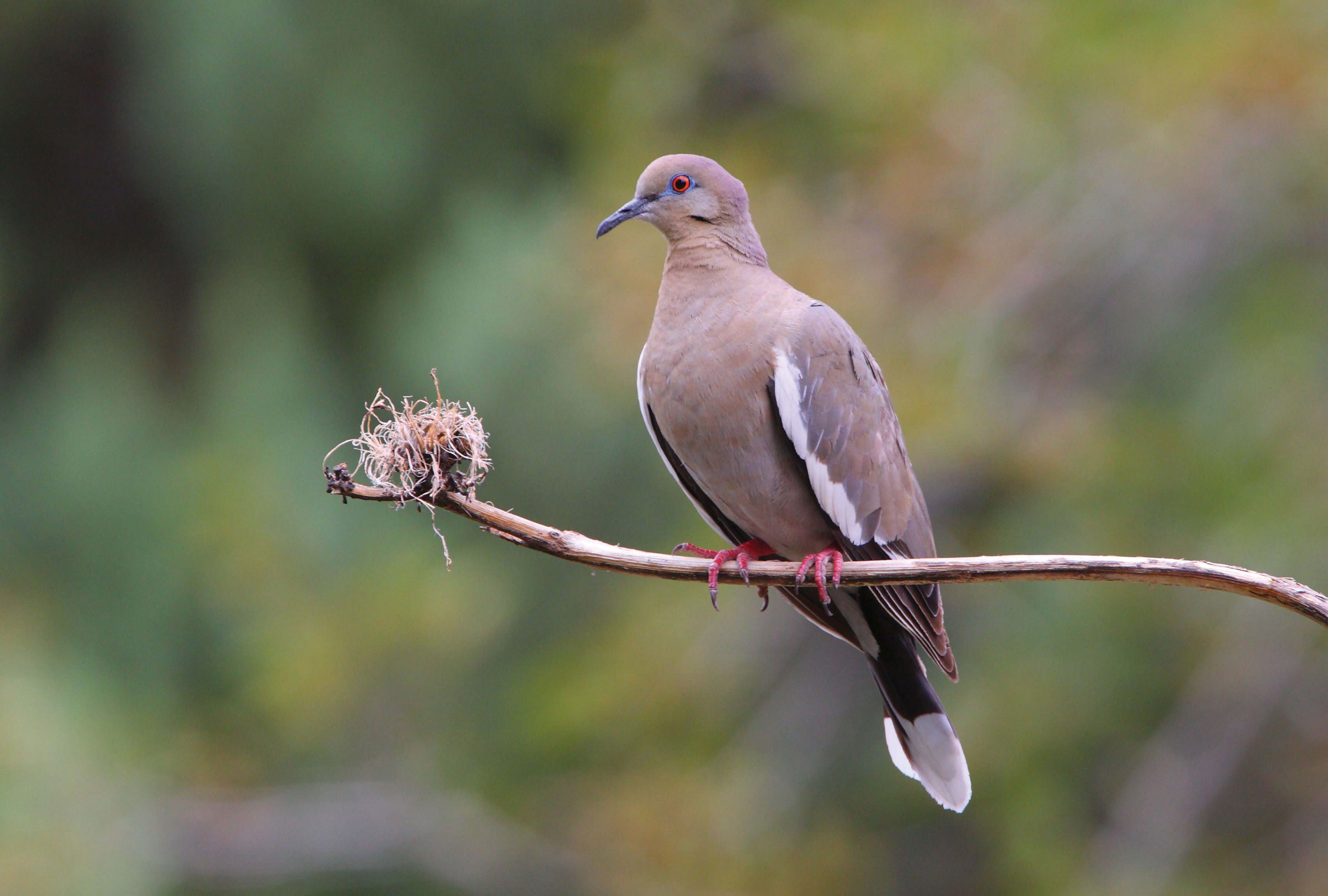Dove season kicked off on September 1st for the North and Central zones of Texas and, according to Texas Parks and Wildlife, dove numbers have increased over last year as much as 20% thanks to a rainy spring. For anyone with a backyard feeder who has watched doves quickly deplete your birdseed supply, you might find it hard to believe anyone actually manages for dove. Aren’t they everywhere?
Well, yes and no. And with Texas dove hunting having an estimated economic impact of $318 million, dove management is nothing to squawk – or, rather, coo – at.
Since 1967, Mourning Doves have experienced an estimated 0.4 percent annual decline in Texas and, according to Texas Parks and Wildlife, while it is difficult to estimate the population of White-Winged Doves because they nest in colonies and their population distribution tends to be clumped, banding records indicated their survival rate dropped from 71 percent in the 1960s to 55 percent in the 1970s. A newer concern is the dramatic jump in the Eurasian Collared-dove population in Texas. First identified in in Texas in 1995, the non-native dove has spread to virtually every one of the state’s 254 counties and experienced a population growth explosion. As Shaun Oldenburger, the Texas Parks and Wildlife Department’s dove program leader noted in a 2013 Dallas Morning News article, “that’s zero to 3 million-plus in less than 20 years.”
With concern the Eurasian doves will thrive to the detriment of native doves – Mourning Doves and White-winged Doves, in particular – they can be hunted year round with no bag limit. So far, there does not appear to be an impact on the populations of native species.
So what does it take to manage for doves? Like all wildlife management, it comes down to habitat and their basic needs for food, water, and shelter.
FOOD
While Mourning Doves and White-winged Doves do diverge somewhat on their preferred food with Mourning Doves going for hard-coated seeds while White-winged Doves tend to eat more fruit or “mast” or “fruit of the forest” like acorns and other nuts, both are fond of sunflowers and milo (grain sorghum). Seasonal food plots and dove fields are a popular strategy for attracting dove. Because doves are “pickers” and not “scratchers,” preferring their seeds exposed, wildlife management practices such as mowing and disking can be utilized to promote the availability of seeds.
WATER
We all need it and doves are no exception. Available water sources including ponds and lakes and even livestock water troughs (just make sure they can get to it) can help attract doves. If using a water trough, adjust the water level so that a small amount of water overflows the side to create a ground-level water source. Ideally, the water source is located between a feeding area and roosting site.
SHELTER
Doves need a place to nest and roost. Mourning Doves tend to nest in isolated pairs with nest site locations ranging from rural trees to urban streetlamps. In the more tree-barren High Plains of Texas, they’ll even nest on the ground. While Mourning Doves may like their privacy, White-winged Doves typically nest in colonies, choosing native brush, orchards, or that big shade tree in your front yard. To help improve dove habitat through brush management, try to create an area that includes mottes (isolated clumps) of different types of brush in addition to matures trees with plenty of canopied roosting opportunities.
Finally, because dove management is, for the most part, about attracting dove for hunting, it’s important to note that there are “baiting” laws that prohibit using artificially distributed grain or other attractants to cause doves to alter their normal flight and feeding patterns. As migratory game birds, dove hunting is governed by both state and federal laws. Although baiting is legal for resident birds such as quail and wild turkey, shooting migratory birds, including doves, over bait is against the law. So if you’ve created a food plot and disked your land to attract dove to hunt are you breaking the law? Frankly, the laws can be complicated but, in short, your food plot and disking efforts need to be done in the spring and summer before the start of dove season. AgriLife Extensions has a publication devoted to baiting laws and how to manage food for dove populations that goes into greater detail. Read Normal Agriculture Operations and Dove Hunting in Texas here.
For more in-depth information on dove management, check out Dove Management in Texas.
Photo of White-winged Dove, above, via Texas Parks and Wildlife.









